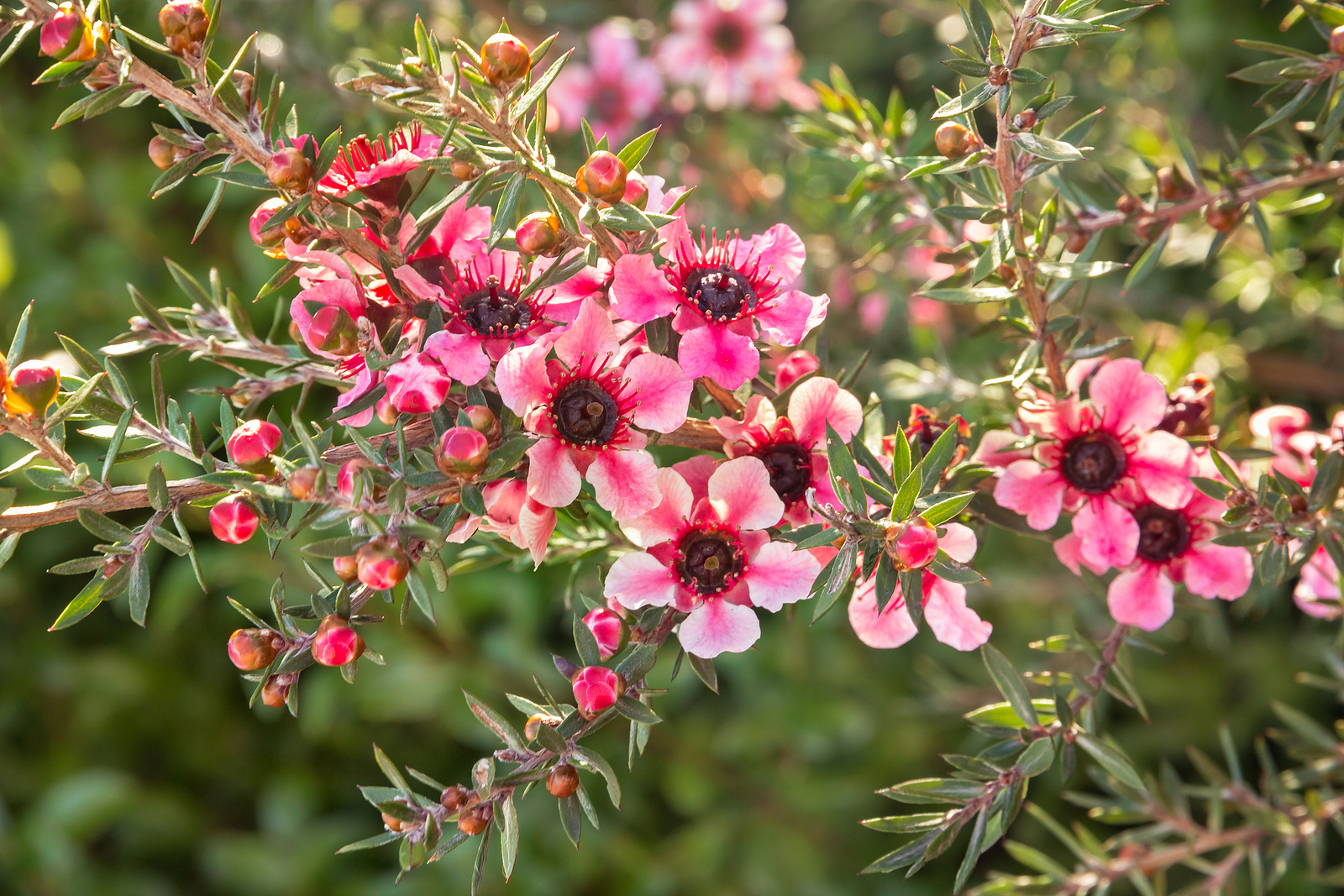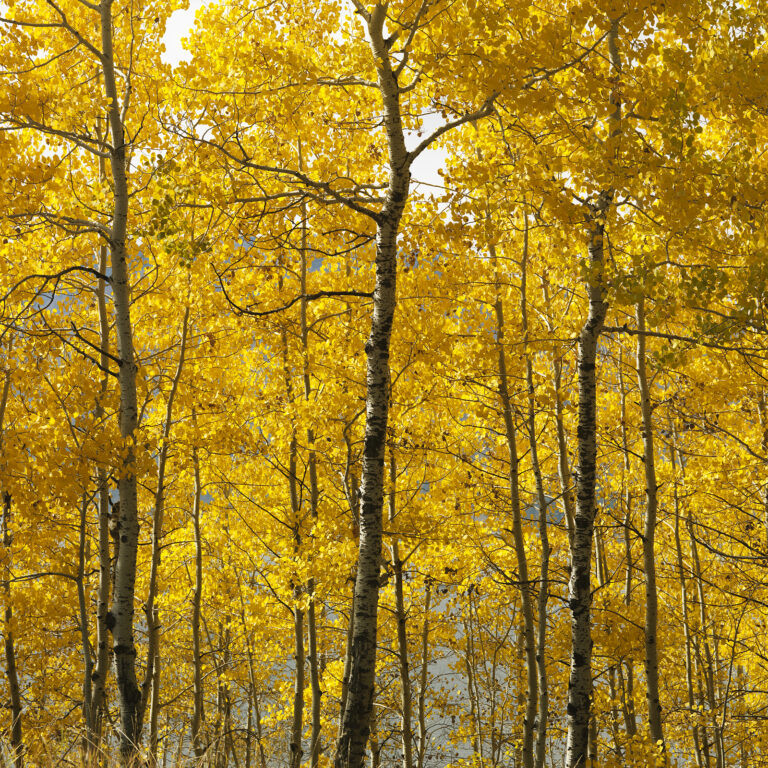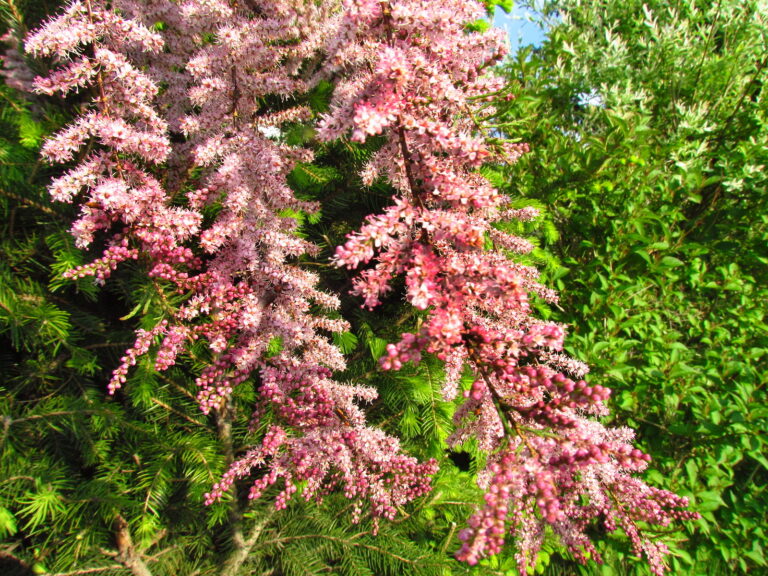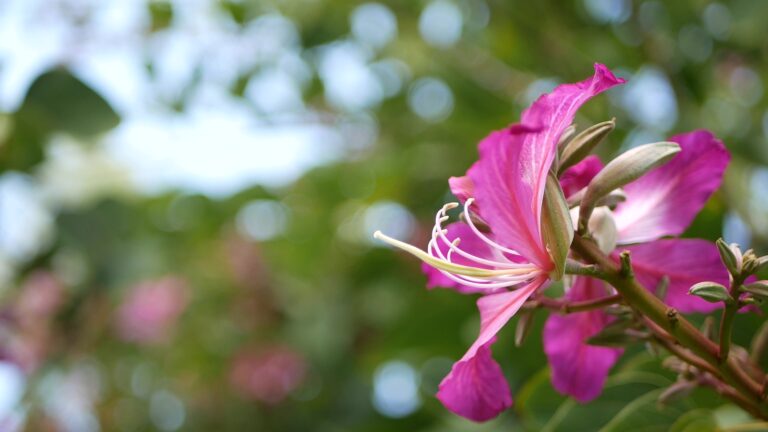How to Grow Tea Tree — Leptospermum
Leptospermum–commonly called tea tree–is a shrub or small tree with profuse colorful spring blooms. Leptospermum blooms can be white, pink, or red. The small blossoms resemble miniature roses and cover long graceful stems.
Leptospermum has small lance-shaped often prickly leaves that are aromatic. The common name, tea tree, comes from Captain James Cook’s brewing of the leaves to prevent scurvy among his sailors.
Leptospermum is native to Australia and New Zealand. It grows best in mild-winter climates. It can be grown as a hedge or screen or specimen plant. In cold-winter regions, it can be grown in a container outdoors where spring blooms can be enjoyed then moved indoors in winter.
Leptospermum is a genus of about 80 species of evergreen shrubs and trees. About half a dozen species are grown in gardens.
Get to know Leptospermum
- Plant type: Evergreen shrubs or small trees
- Growing zones and range: Zones 9 to 10
- Hardiness: Hardy to Zone 9
- Height and width: Shrub form 6 to 10 feet (2-3m) tall and wide depending on the variety; tree form to 30 feet tall and wide (see varieties below).
- Foliagesmall, Small lance-shaped, somewhat prickly green leaves are aromatic
- Flowers: Shallow cupped, star-shaped flowers resemble little roses distributed profusely along the stems.
- Bloom time: Spring
- Uses: Hedge or screen; can be grown in a container for overwintering indoors
- Common name: Tea tree
- Botanical name: Leptospermum
- Family name: Myrtaceae
- Origin: New Zealand and Australia.
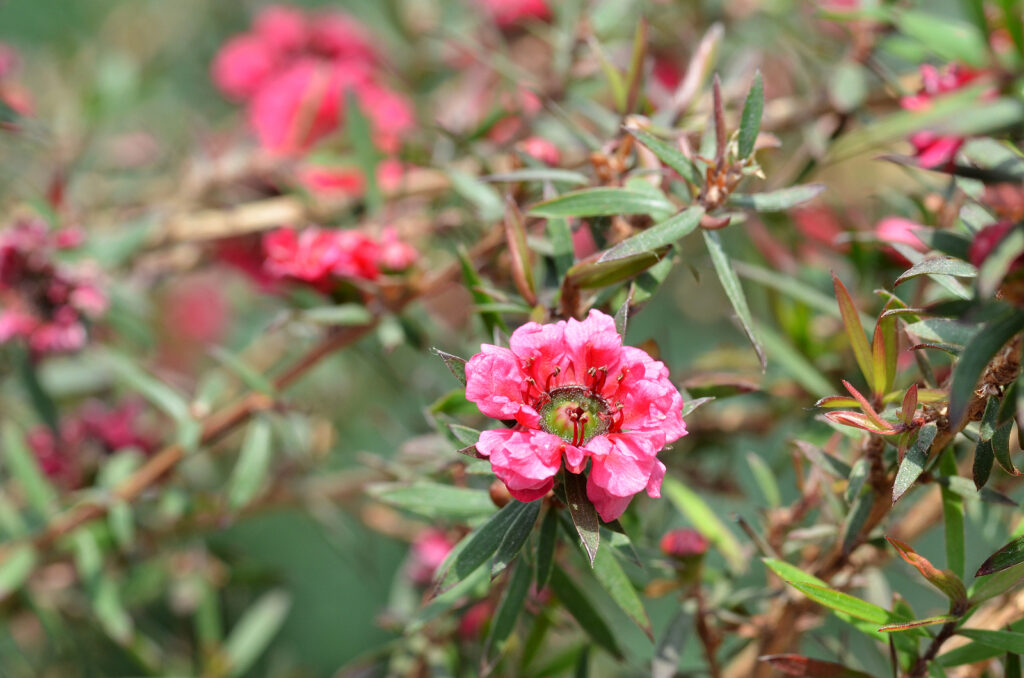
Where to plant Leptospermum
- Plant Leptospermum in full sun.
- Plant Leptospermum in fertile acidic soil that is moisture retentive but drains well.
- Heavy soil and excess moisture will cause root rot, and complete drying out will kill plants.
- Leptospermum will become chlorotic in high-pH soils.
- Leptospermum can tolerate seaside conditions but not cold wind or a combination of heat and humidity.
When to plant Leptospermum
- Set container grow Leptospermum in the garden in spring or autumn.
Planting and spacing Leptospermum
- Space Leptospermum 6 to 10 feet (2-3m) apart.
How to water and feed Leptospermum
- Give Leptospermum moderate water. Overwatering can cause roots to rot. Underwatering will cause plants to dry out and die.
- Fertilize Leptospermum with a balanced fertilizer every 4 weeks during the growing season.
Leptospermum care
- Light shearing after bloom will keep Leptospermum shapely; regrowth is unlikely if you cut into bare wood.
- Lightly prune Leptospermum; its form should be graceful rather than formal.
Leptospermum pests and diseases
- Leptospermum is infrequently bothered by pests or disease.
Leptospermum propagation
- Sow seed in autumn or spring.
- Root semiripe cuttings with bottom heat in summer.
Leptospermum varieties to grow
- Leptospermum laevigatum. Australian tea tree. Grows multi-trunked to 30 tall and and wide with a rounded but irregular shape and drooping branchlets; shaggy-barked; gray-green to matte green, 1-inch leaves; single white flowers in spring.
- L. scoparium. New Zealand tea tree. Dense, erect shrub grows 6 to 12 feet tall and wide, with tiny needlelike green leaves; profuse white (rarely pink or red) ½-inch flowers in spring or summer. True species is rarely seen, but there are several cultivars single or double pink, red, or white blossoms are showy. Popular cultivars include: ‘Helene Strybing’ has deep pink spring flowers; somewhat silver leaves with a graceful, more open habit; ‘’Nanum Tui’ 2-foot dwarf with a cushion shape and pale pink single flowers, darker in the middle; ‘Pink Pearl’ grows 6 to 10 feet tall with pink buds that open to double white or pink flowers; ‘Red Damask’ has large, double cherry red flowers from midwinter to spring with leaves tinged reddish purple; ‘Ruby Glow’ grows 6 to 8 feet tall with profuse double red flowers in winter and spring; ‘Snow White’ grows 2 to 4 feet tall and spreading with double white, dark-green-centered flowers winter to spring.

